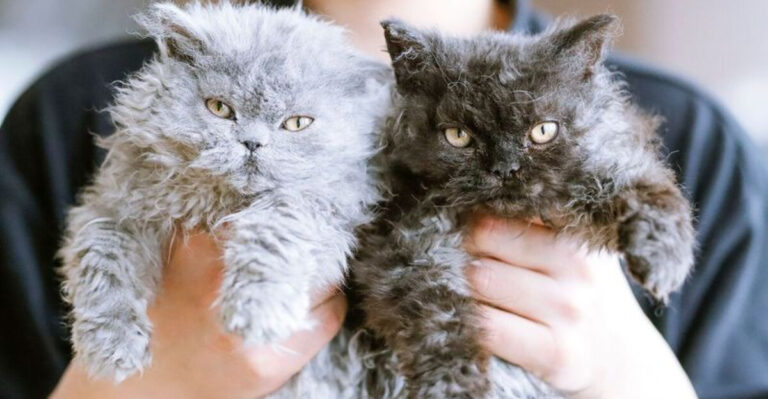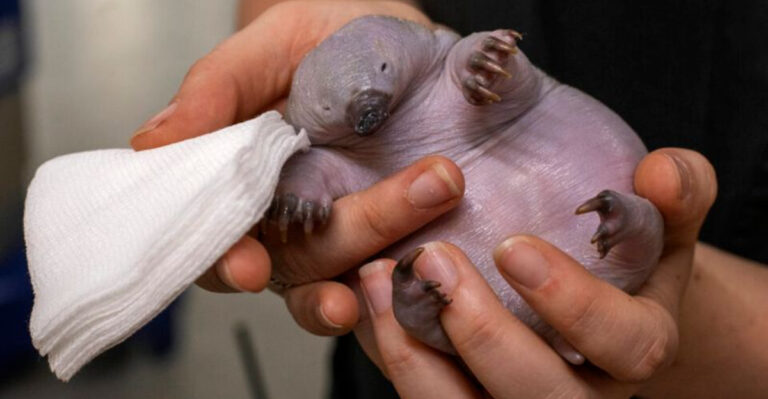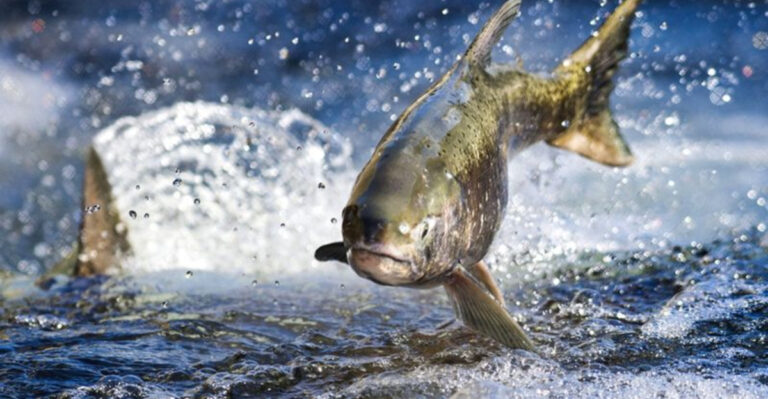The Myth Of The Phoenix: Is It Based On A Real Bird?
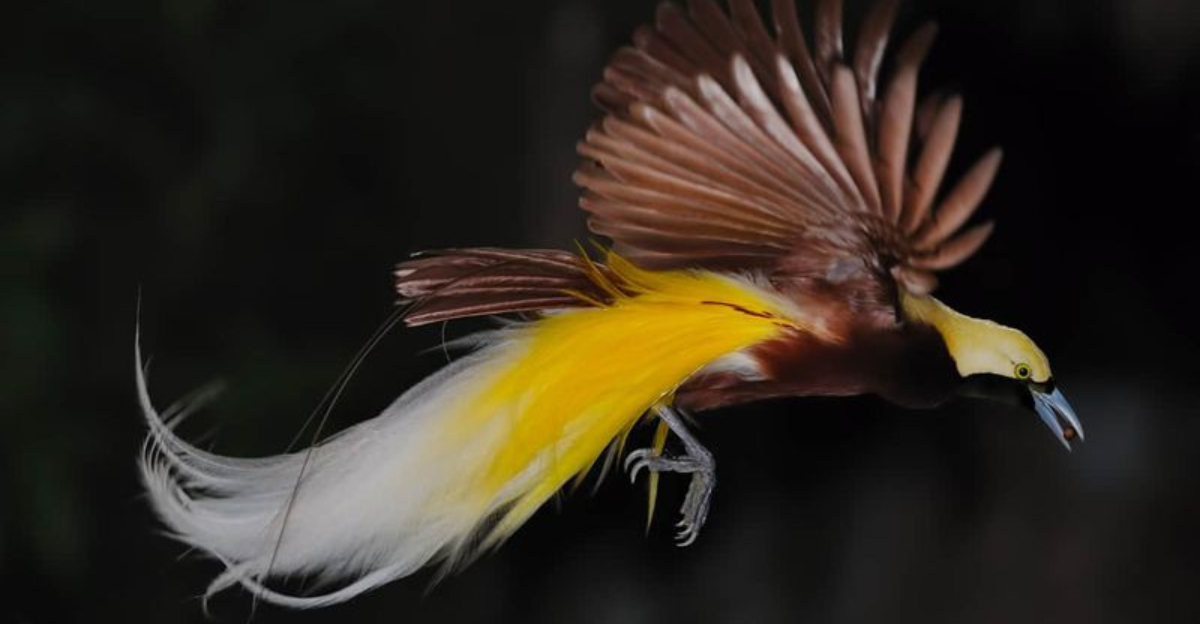
The phoenix, a magical bird that bursts into flames and rises from its own ashes, has captivated our imagination for thousands of years.
Stories of this immortal creature appear in cultures around the world, from ancient Egypt to China and Greece. But could this fantastic legend actually be inspired by real birds found in nature? Let’s explore the possible real-world origins of the mythical phoenix.
1. The Phoenix Myth: A Timeless Legend

Across continents and centuries, the phoenix has symbolized eternal renewal. This fiery bird supposedly lives for 500-1,000 years before combusting and regenerating from its remains.
Ancient Egyptians called it the Bennu, while Greeks named it Phoenix. Despite different names, the core story remains remarkably consistent: a solitary, majestic bird with an extraordinary life cycle that defies death itself.
2. Phoenix In Ancient Mythologies

Egyptian mythology features the Bennu, a heron-like bird representing the soul of Ra. This sacred creature was believed to create itself from fire, connecting it to the sun’s daily rebirth.
Greek historian Herodotus described the phoenix as resembling an eagle with brilliant gold and red plumage. Chinese mythology presents the Fenghuang, often considered their version of the phoenix, representing virtue and grace.
3. The Eurasian Eagle-Owl: A Possible Real-Life Phoenix
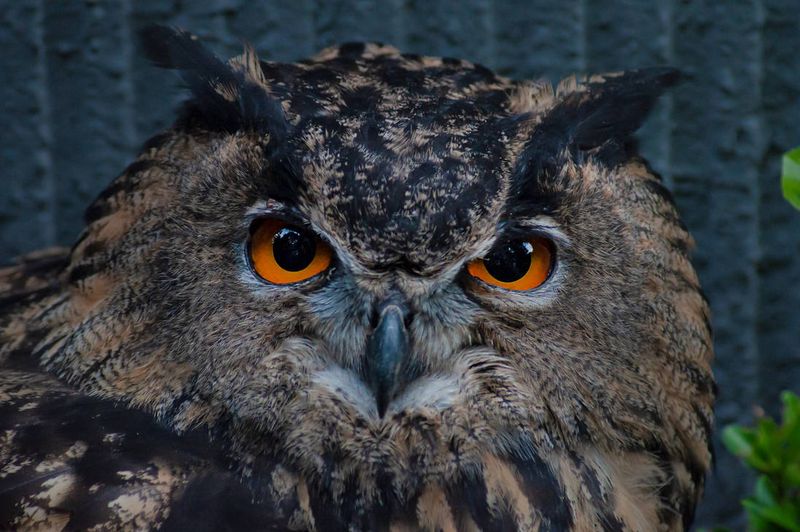
With its fiery orange eyes and impressive wingspan reaching over 6 feet, the Eurasian Eagle-Owl commands attention. Ancient observers might have associated its haunting calls and nocturnal nature with supernatural powers.
Found across Europe, Asia, and parts of North Africa—regions where phoenix myths flourished—these magnificent birds nest in rocky crags that catch the sunset’s red glow, potentially inspiring the phoenix’s fiery association.
4. Fire In The Phoenix Myth: Nature’s Influence
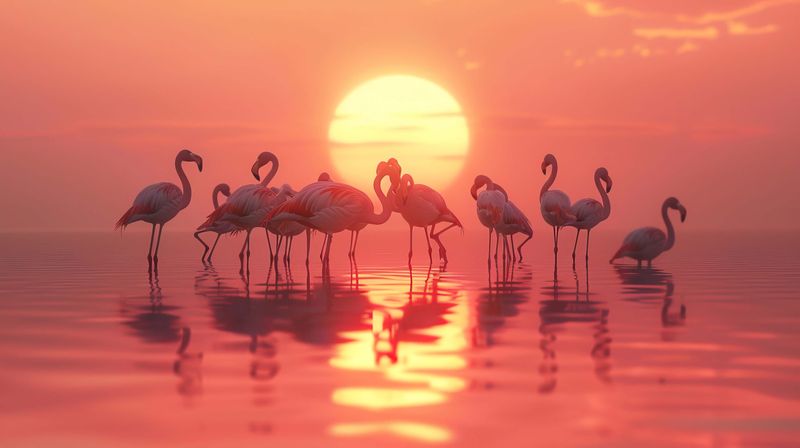
No bird spontaneously combusts, yet the phoenix’s fiery rebirth remains central to its legend. This element likely came from natural observations combined with symbolic thinking.
Certain birds like the Egyptian vulture deliberately coat their white feathers with red soil, creating a flame-like appearance. Others, such as flamingos, appear to glow like fire when sunlight filters through their wings during flight.
5. The Firebird: A Slavic Folklore Parallel
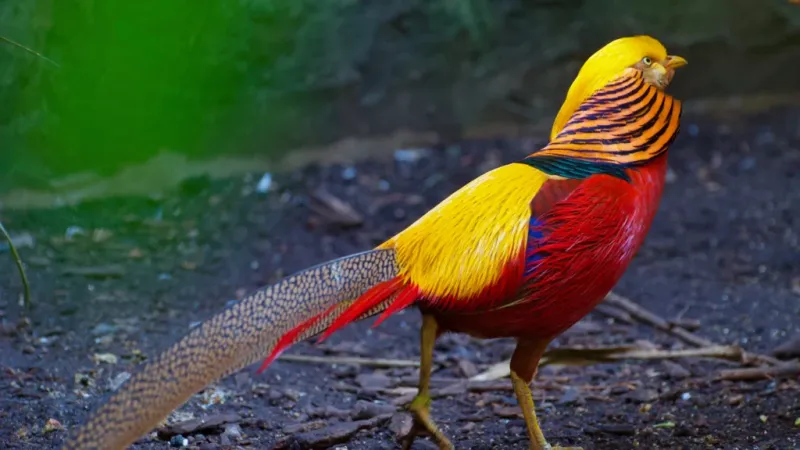
Slavic folklore tells of the Firebird, whose feathers blaze with golden light even when plucked. Unlike the phoenix, this creature doesn’t die and rebirth but serves as both blessing and curse to those who pursue it.
The Firebird might have been inspired by the golden pheasant, whose brilliant orange-gold plumage appears to shimmer like flames when it moves through sunlit forests. This dazzling real bird migrates through Russia and Eastern Europe.
6. The Crested Ibis: A Bird Of Renewal

Once widespread across East Asia, the crested ibis nearly vanished in the 20th century. Scientists declared it extinct in the wild until a tiny population was discovered in 1981 in remote Chinese mountains.
This bird’s dramatic comeback mirrors the phoenix’s resurrection. With rosy-pink plumage that glows brilliantly at sunset and dawn, the crested ibis creates a striking silhouette against the sky—perhaps inspiring tales of birds born from fire.
7. Vultures: Symbols Of Life And Death
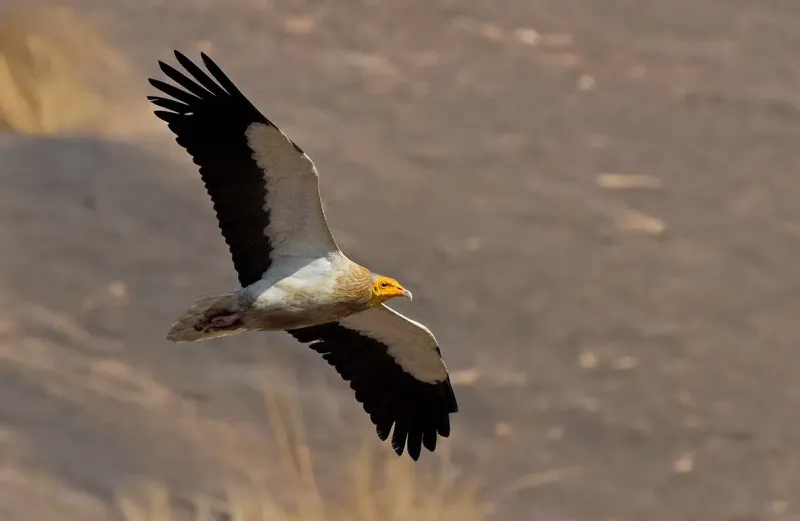
Vultures transform death into continued life by consuming carrion. Ancient Egyptians observed these birds circling high above, seemingly appearing from nowhere when death occurred.
The Egyptian vulture has another phoenix-like quality: it breaks ostrich eggs by throwing stones, demonstrating remarkable intelligence. Some vulture species have reddish heads and necks that appear flame-like against their dark bodies, visually connecting them to fire symbolism.
8. Birds Of The Sun: The Connection To Solar Myths
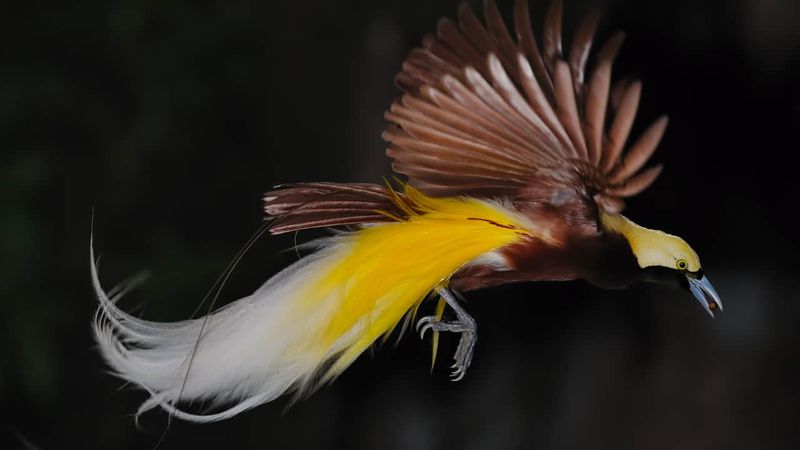
Many cultures linked the phoenix directly to the sun. The Egyptian Bennu was said to carry the sun across the sky, while Persian accounts described a bird so bright it blinded mortal eyes.
Real birds with dawn-related behaviors might explain this solar connection. Roosters announce daybreak, while certain tropical birds perform elaborate sunrise displays with their vibrant plumage catching early light—appearing to ‘ignite’ with color.
9. Birds With Phoenix-Like Features
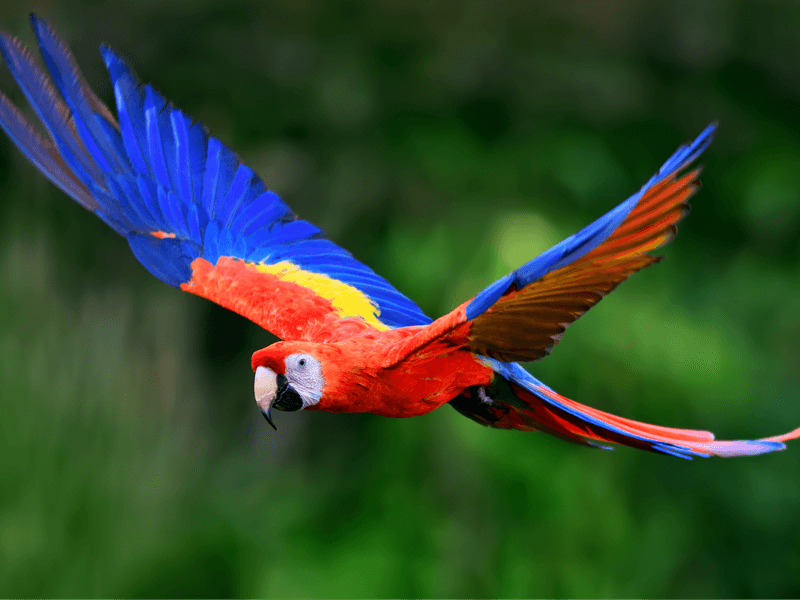
The scarlet macaw flaunts brilliant red plumage with yellow and blue accents—colors matching traditional phoenix descriptions. When these birds fly through rainforest canopies catching sunlight, they create fleeting flashes of color resembling flames.
The peacock pheasant molts and regrows its spectacular spotted train annually, echoing the phoenix’s cyclical renewal. Meanwhile, the paradise bird-of-paradise performs elaborate mating displays, transforming into geometric shapes that ancient observers might have considered magical.
10. The Arctic Tern: A Migratory Symbol Of Rebirth
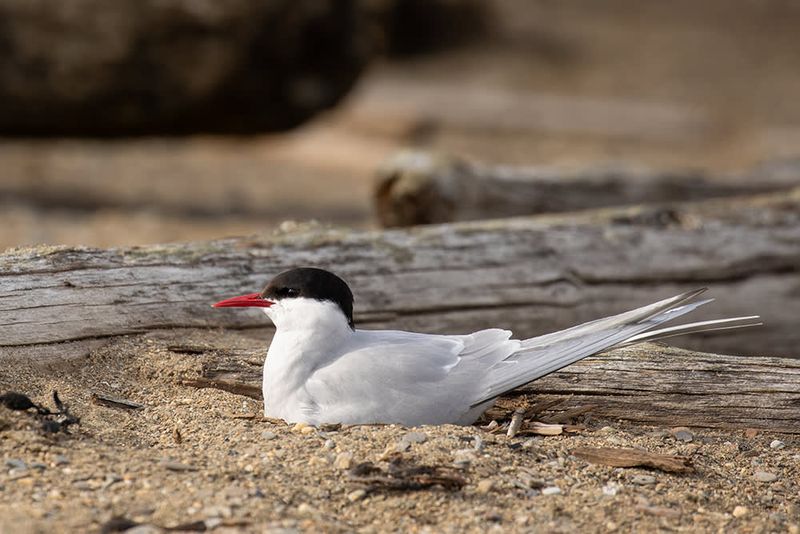
Arctic terns make the longest migration of any animal, flying from Arctic to Antarctic and back annually—nearly 50,000 miles. These remarkable birds witness two summers each year, essentially following eternal daylight.
Ancient observers noticing birds vanishing seasonally might have assumed they’d perished, only to be amazed when they returned the following year. This disappearance and reappearance cycle mirrors the phoenix’s death and rebirth narrative.
11. Rebirth In Nature: The Immortal Symbolism Of Birds

Birds undergo dramatic transformations throughout their lives. Many species molt completely, emerging with fresh plumage that can appear dramatically different from their worn feathers.
Flamingos transform from gray juveniles to vibrant pink adults based on their diet. Meanwhile, certain species like the ruff develop spectacular breeding plumage each spring, essentially becoming new birds. These natural renewal cycles could easily inspire myths about magical transformation.
12. Conclusion: From Myth To Reality

The phoenix likely represents a composite inspired by various real birds rather than a single species. Its immortality symbolizes nature’s endless cycles, while its fiery rebirth reflects how dramatically birds can transform.
Modern science reveals that birds are literally living dinosaurs—ancient creatures that survived mass extinction. Perhaps this remarkable evolutionary resilience contributed to our ancestors’ view of birds as symbols of life triumphing over death.


